Creative Gift Offering
Bitteroot, A Balancing Act, Two Books, & Finding Beauty In a Broken World
I have never been good at selling. When I served cocktails for an income, I was told to upsell: “Do you have a preferred brand?” “Would you like Jack Daniels?” I once turned down a server position at a hotel because upselling was mandatory, and each month, my sales would be scrutinized for my efforts in upselling. My brief stint as a vendor of handcrafted herbal products taught me an important lesson about my abilities and interests: I am not suited to be an entrepreneur.
When I decided to pursue writing on Substack, I committed to offering all of my posts for free. Although my total number of subscribers has doubled in the sixteen months I’ve been on Substack, the number of paid subscribers has decreased. So, here I am, pitching a sales pitch for becoming a paid subscriber.
I understand the hesitancy to commit to a paid subscription. We live in a culture filled with many opportunities to subscribe—it’s so prevalent there are now apps to help us keep track of what we subscribe to and how much we pay each month. I live frugally and carefully choose to spend on things that entertain me (PBS), hobbies that bring me joy (yarn), healthy food, and writing that offers new perspectives (books & subscriptions).
Recently, I came across a unique idea: a monthly virtual “package” designed to benefit paid subscribers and potentially motivate more of you to consider a paid subscription. Thanks to Living Elsewhere for the idea. To thank and honor subscribers who have invested in the content of Creative Late Bloomers, I have created a monthly gift for paid subscribers.
Each month, I will curate a Virtual Gift for paid subscribers. The Gift will include four items from this list:
Quotes (by people wiser than me), my reflections on them
Recommendations & Short Reviews: books, documentaries, movies, multimedia, & podcasts
Seasonal Recipes: favorite dishes, preservation for winter, herbal teas, and remedies
Seasonal Homestead Updates (text & photos): the garden, wildcrafting, the animals
Favorite and Seasonal Poems
Photos and Artwork
My Flash Writing - short essays (less than 500 words) that describe a moment, an event, an observation, etc.
Short Plant Profiles
Whatever Shiny New Object catches my eye…
MAY 2025 - VIRTUAL GIFT
This first Virtual Gift will be available to all subscribers to enjoy. Take a look, and if you like it, consider upgrading your subscription. Future monthly Gifts will be available only to paid subscribers.
Plant Profile: Bitterroot (Lewisia redivia)
Despite its 2-inch inflorescence, which ranges from white to pale pink to deep rose, I have watched hikers stroll by without noticing this spring wildflower found on the rocky slopes of the arid North American West. The Bitterroot Range in the northern Rockies was named after this native plant, and in 1895, Montana selected bitterroot as its state flower.
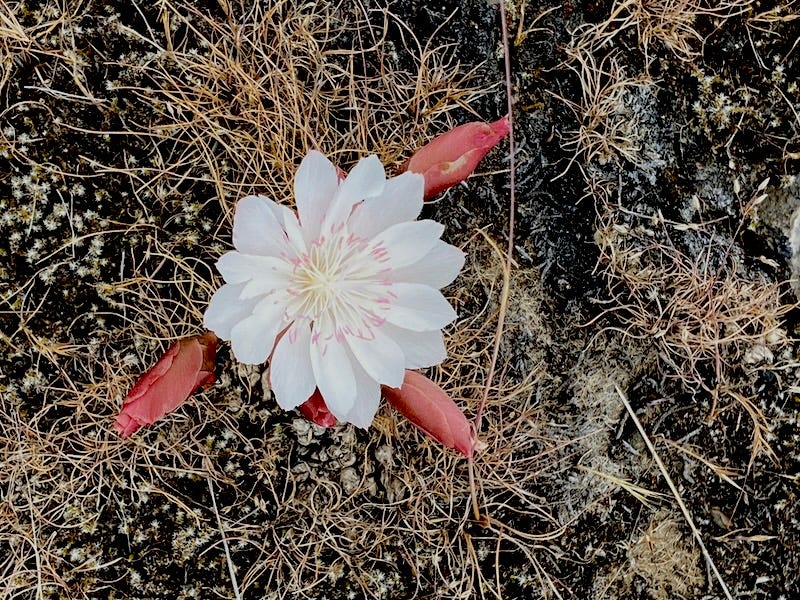
They are easy to miss, even when in bloom: lying prone on the ground, the succulent, fleshy stems and leaves disappear by the time the oversized flowers bloom. They root on the thin soils around rocky outcrops, and it seems impossible that they can grow such spectacular flowers. Bitterroots bloom from April to June, and once the summer heat sets in, the aerial parts disappear entirely. The thick-branched taproot holds the perennial in place until the following spring.
Some Indigenous people use the taproot medicinally for an array of complaints, but others consider it a principal food. The roots are steamed or boiled and combined with other foods, such as berries, salmon, salmon eggs, and camas bulbs, likely due to the bitter taste of the root. Considered a delicacy, the roots were dried and used as a trade item.
Merriweather Lewis tasted the prepared root and gathered specimens from Montana during the 1805-06 Lewis and Clark expedition.
“another species was much mutilated but appeared to be fibrous; the parts were brittle, hard, of the size of a small quill, cylindrical and as white as snow throughout except small parts of the hard black rind which they had not separated in the preparation. this the Indians with me informed were always boiled for use. I made the experiment, found that they became perfectly soft by boiling, but had a very bitter taste, which was nauseous to my palate, and I transferred them to the Indians who had eat them heartily.”
Captain Lewis - August 22, 1805
He dried them whole and sent them to the Academy of Natural Sciences in Philadelphia. A botanist created a new genus, Lewisia, naming it after Merriweather Lewis. The species name “rediviva” is from the Latin word meaning “reviving from a dry state.” The dried plant sample provided by Lewis revived and began growing again!
Flash Nonfiction
Last year, I took a writing course and was introduced to flash writing. I was immediately hooked, both as a reader and a writer. Flash nonfiction is a genre of writing that captures a moment of life in a short, descriptive essay. It relies on details and description, requiring taut writing, careful use of language, and repeated edits. The Story Circle Network published my first flash essay in their quarterly journal.
A Balancing Act
We could hear the rush of water before we saw it. The creek’s flow was fuller than usual due to La Nina’s warmer winter temperatures melting snow from higher elevations. Anxiety immediately replaced the enjoyment I was experiencing as I looked at the no-frills bridge that crossed the creek: two 8-foot-long, small logs covered with 2-foot-wide plywood, their ends resting unsecured on the creek’s banks. The rushing water skimmed the bottom of the bridge, creating a wobbling platform.
I then remembered what I had forgotten: my hiking poles. We needed to cross the bridge to continue our hike, so I quietly suggested, “Maybe we should return the way we came.”
My companion, twenty years younger than me, said encouragingly, “You got this!” She stepped across the bridge quickly and confidently. I stood there, waiting for my once-confident younger self to show up.
She never did.
Still, I needed to cross the creek. I have walked this bridge at least twenty times over the years. I know the terms of engagement: don’t look down, don’t look up, don’t stop, walk normally.
I took three steps, and the bridge wobbled to the left. I immediately stopped and looked down, then up for a branch on the nearby tree. There wasn’t one. I looked at my friend and saw that two hikers had stopped to watch my hesitant performance.
Wonderful, an audience…
My inner voice went into panic mode: Oh my god, I am going to fall in…what could happen…I would be wet and cold…my phone is in my pocket…damn, I should have put it in my backpack…if only I had my poles…what if I break my hip… I can’t break my hip… older women die from breaking their hips…geez, Sue, enough already, just get on with it.
I took another step, and the bridge wobbled again. My other foot lifted in the air to balance. I felt my core tighten as I tried to stay upright. I moved quickly, focused on the end of the bridge, and started breathing again as I stepped onto the glorious, unmoving, and reliably solid earthen trail. I was grateful for my commitment to practicing balance exercises, but I was confused by the panic in my inner voice. What happened to my confidence? Did it slowly wither like my tendons and muscles?
Books: The Lion Women of Tehran & Together Tea by Marjan Kamali
A little-known secret about my fiction reading habits: I listen to mostly mysteries and thrillers while doing mundane household chores and garden work. Most of my reading consists of non-fiction, but I have developed a fondness for well-written historical fiction. These two books by Marjan Kamali explore several themes, including freedom, women’s rights, socio-economic classes, politics, and the emotions of immigration.
Kamali’s third book, The Lion Women of Tehran, begins in the 1950s in the largest city in Iran, and follows the lives of two young girls from different social classes who become friends. Politics are inserted into their young lives as the Shah is installed, and the country becomes more Westernized. They hold new hopes for their futures, as women gain opportunities and economic status.
“Shir zn. Lionesses. Us. Can’t you just see it, Ellie? Someday, you and me - we’ll do great things. We’ll live life for ourselves. And we will help others. We are cubs now, maybe. But we will grow to be lionesses. Strong women make things happen.”
The story follows their on-and-off friendship throughout their lives as they learn to navigate different cultures, recognizing how politics can suddenly and dramatically impact their lives. Religious political extremism replaces the Shah, and women lose many of the freedoms they had only recently acquired.
“That’s how losses of rights build. They start small. And then soon, the rights are stripped in droves.”
One family chooses to leave the country, and Kamali’s description and observations as an immigrant are surely rooted in her own experiences living in different cultures. Her friend, who remains in Iran, spends her life fighting for women’s rights.
“We are tired. Tired of the many ways we are continually told to shut up and obey.”
Until recently, many American women took their freedoms for granted. This story reminds us that millions, perhaps billions, of women struggle to live their lives on their own terms. The Lion Women ends in 2022 as Iranian women continue their resistance.
Human Rights Watch described the current laws that are designed to suppress women’s rights in its 2022 report.
I listened to Kamali’s first book, Together Tea, and the themes were similar, with different characters. However, the book struck me more as a love story with a lot of delicious-sounding Persian food described throughout, which led me to this Persian Food 101 article. I don’t have much interest in romance/love stories; apparently, I prefer murders and dead bodies in my fictional whodunits
Quote & Book Discussion
“What is real to me is the power of our awareness when we are focused on something beyond ourselves. It is a shaft of light shining in a dark corner. Our ability to shift our perceptions and seek creative alternatives to the conundrums of modernity is in direct proportion to our empathy. Can we imagine, witness, and ultimately feel the suffering of another?”
― Terry Tempest Williams, Finding Beauty in a Broken World
One of my favorite writers, Terry Tempest Williams, often seeks spiritual and moral understanding of our world through her relationship with nature.
Writer Susan Tweit is offering a book club discussion on her Substack, Practicing Terraphilia, and the first selection is Williams’s Finding Beauty in a Broken World. I don’t know about you, but I have to continually seek a refill of beauty and kindness during this challenging time on our planet.
I’ve picked four books from four very different viewpoints that all deal with our relationship to this earth and each other. Each will stretch our understanding of nature, of humanity, and of spirituality.
My plan is to introduce one book each quarter, giving us plenty of time to read and discuss. I’m sticking with books that should be available in libraries or used bookstores, as buying them new may not be an option.
I’ll introduce that quarter’s book in one post, and then give us a month to read it before opening the discussion, which will take place in the comments here. We’ll have two months for discussion: once a month, I’ll prompt you in a post with a few questions about the book, and then we’ll talk about those questions and anything else related to the book in the comments for that post.
May’s Writing Topics For Creative Late Bloomers
Week 1 - Aging in America: Looming Cuts in Medicaid
Week 2 - Creative Gift Offering
Week 3 - The surprising benefits of handcrafting/making (fiber arts, wood working, drawing/painting, etc.)
Week 4 - Wild Stories: A colorful pairing





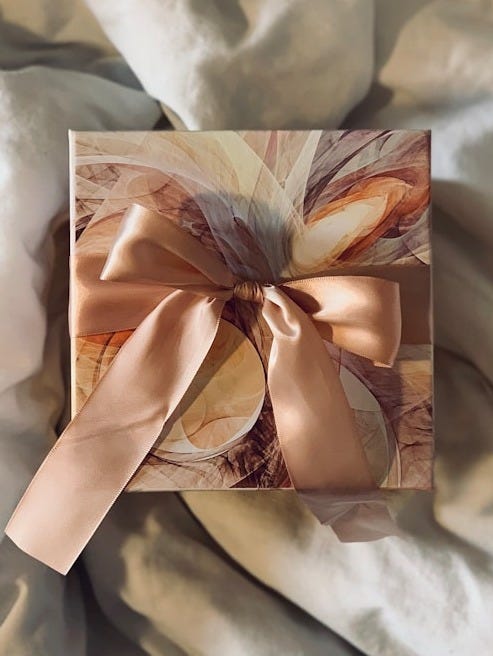
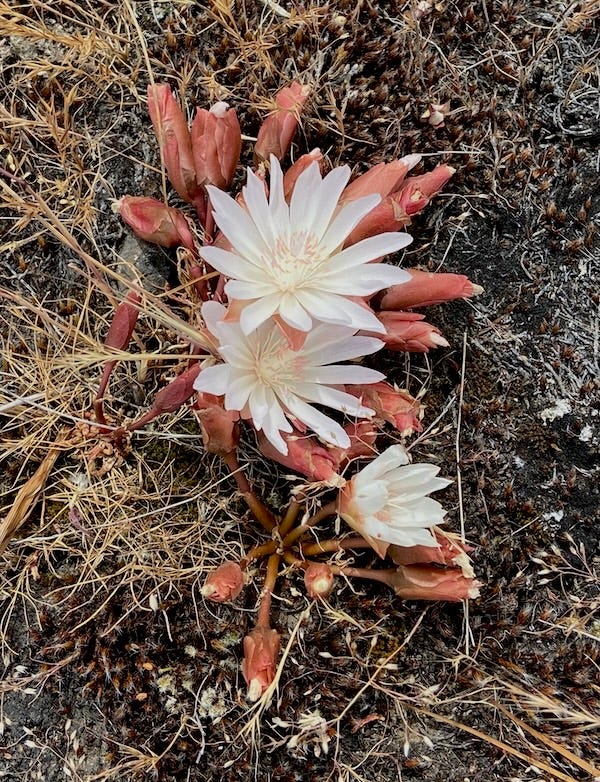
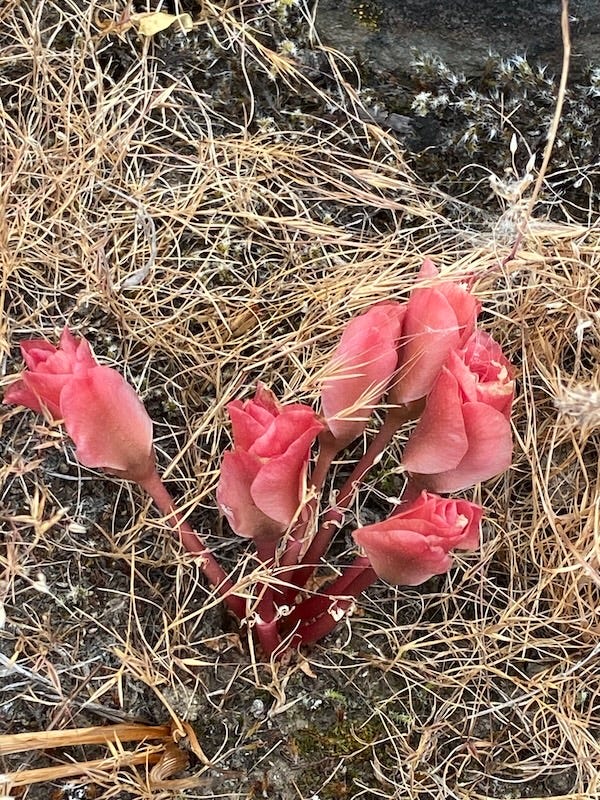
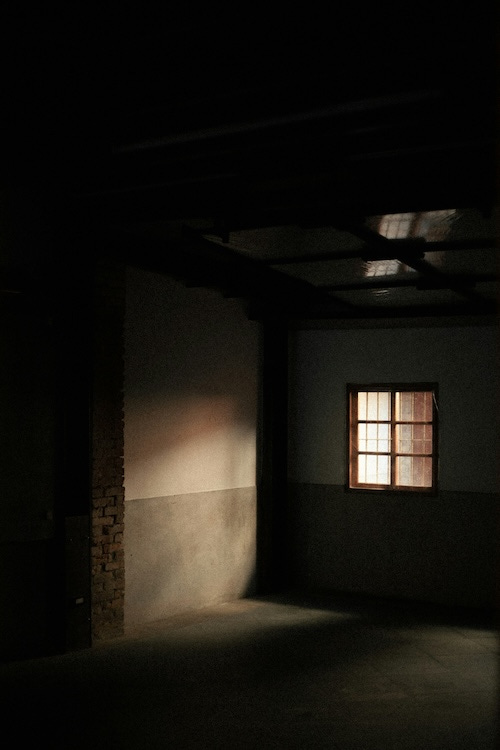
Hi Sue, I am not a born seller either, and have had to scrutinize why I can't just do it like any other task. After all, a lot of things don't come naturally and I do them anyway.
I know I have lots of issues and this is just one, Lol. 😂
So, I applaud you for tackling this head on!
I enjoy your work and simply struggle to read everyone I like all the time. There is a lot of interesting work here, I guess that is a good problem?!
I totally hear you on selling! Not my thing, either. The idea of the visual gift is great, and you are offering much. Bitterroots are lovely to see; I look forward to them every year. They are like beautiful flower-shells scattered across the ground. Thank you for the book recommendations, I will keep them in mind. Much of me reading is nonfiction also, but at night I generally read fiction, and historical fiction is a favorite.